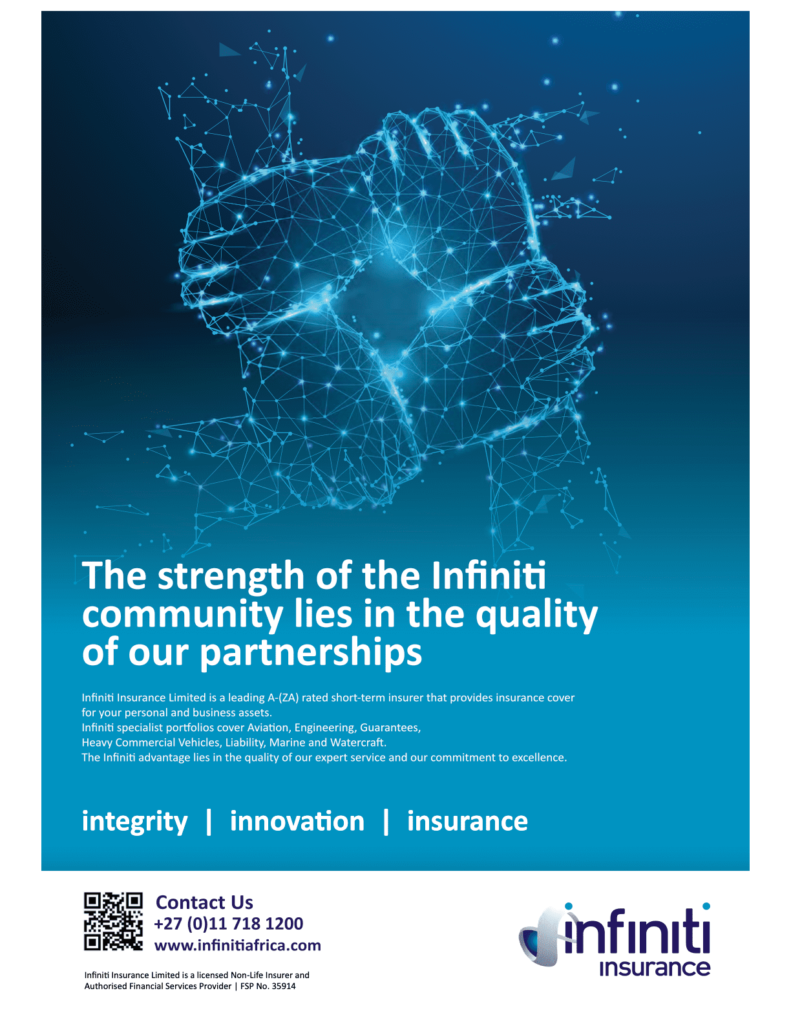
Greg Gatherer, Account Manager, Liferay
Prior to the pandemic, digital transformation was likely a top goal for many companies, but for a handful, it was not. However, businesses seeking to flourish and remain relevant in a changing world have been forced to refocus their efforts and prioritise transformation.
The days of digital transformation being a distant goal are long gone. Businesses have had to speed up the digitisation of their operations, customer services, and product development in order to keep up with changing consumer needs.
Despite the fact that the majority of organisations think that digital transformation is essential, over 70% of digital transformation efforts fail.
So, the question is clear: what can you do to ensure your digital transformation is effective?
Digital transformation or digital stagnation?
Even though more than 80% of companies plan to accelerate their company’s digital transformation:
- 70% of digital transformation falls short, most often due to resistance from employees
- Only 16% of employees think their digital transformations have improved performance and are sustainable
- Of the US $1.3 trillion that was spent on digital transformation, US$900-billion went to waste
So, why is this important to you? Because the outcomes of a failed digital transformation are:
- Wasted investment
- Misplaced resources
- Poor customer experience
- Frustrating employee experience
Digital transformation falls short because of one, or more, of the following five factors:
- Lack of unifying strategy
The addition of new technology is merely one aspect of digital transformation. While technology is crucial for digital transformation success, it must be guided by a long-term strategy that directs the organisation and its investments.
According to a McKinsey report, businesses with these key factors in place are three times more likely to report successful digital transformation:
- A vision that links digital technologies to overall business goals and objectives
- Clear outcomes and goals alongside a timeline and a roadmap
- Defined project scope and outlining responsible parties
- Lack of organisational buy-in
Still, even a clear plan and all the right tools mean nothing if the organisation isn’t aligned in moving toward the final destination together.
- 35% of employees found the most common obstacle for digital transformation was their CEO
- 46% of IT directors surveyed said a lack of executive buy-in is a leading barrier to transformation
- 70% of digital transformation efforts fail, most often due to resistance from employees
Organisational alignment must start at the top and work its way down. If any part of the organisation does not recognise the value of digital transformation, change will fail to take hold.
To convince the rest of the team, it’s necessary to demonstrate the benefits of changing their processes, experience, and goals.
- Siloed technology
If strategy is the map that guides businesses to their final destination of digital transformation, technology serves as the vehicle that transports them there.
However, as businesses add systems and applications, their technology stack becomes entangled, resulting in fragmented user experiences and wasted resources.
- According to Forrester, the number one technical challenge facing digital experience leaders is inadequate integration with back-end systems
- Over 59% of survey respondents cite outdated and legacy infrastructure and tools as a barrier to successful transformation
- 80% of legacy technologies prevent digital transformation
What should have been a catalyst for change is now preventing businesses from implementing any meaningful change.
To disentangle this mess, organisations should invest in a connective foundation, such as a digital experience platform (DXP), to unify legacy systems, existing databases, and third-party systems into a single platform.
The true power of a DXP is its ability to integrate with a variety of existing legacy and adjacent technologies in order to provide a unified, continuous, and optimised experience.
- Poor data management
With great data comes great responsibility, yet 85% of businesses are failing to effectively leverage data to power their digital transformation initiatives.
Not only do disparate technologies waste resources and slow organisations, they also create data silos. Because data is locked away in disconnected systems and applications, business leaders are unable to access and manage it across their organisations.
Siloed data prevents digital transformation by:
- Preventing in-depth data analysis — when the majority of time needs to be spent gathering data, businesses have to first perform time-consuming manual work in order to collect and standardise data before any meaningful insights can be derived
- Limiting the view of data across departments — data that is stored across different databases not only leads to inconsistent data, but also duplicates work across the organisation
- Hinting at larger silos at hand — Siloed data is often a symptom of a workplace that operates in organisational silos. This kind of company culture where departments function individually and don’t collaborate hinders digital transformation at a wider organisational level
- Limited technologies
Even if businesses are successful in initiating digital transformation programmes, the technologies they deploy to do this are frequently unable to scale and grow with the organisation.
As many as 78% of organisations struggle to properly expand their digital transformation programmes and achieve the desired return on their digital investment.
Due to the fact that many businesses are limited in scope, their digital transformation frequently fizzles out. Instead, businesses need to look for holistic, organisation-wide solutions that can build towards a long-term, sustainable strategy.
Making digital transformation a success
As technologies advance and client needs shift, businesses must be adaptable and deliberate in their approach to transformation.
With a guiding strategy, connective tools, and a cohesive workforce, you can assist your organisation in operating more efficiently and providing superior customer service.


